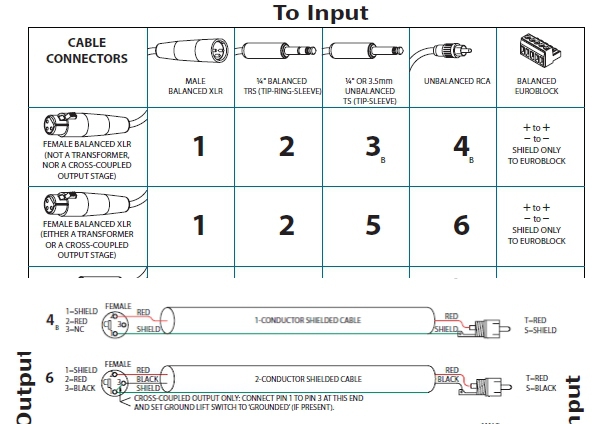- Thread Author
- #1
Love my balanced cables, took years to find them. New amp (Enleum) has only unbalanced/RCA inputs.
Is it bad to use an adapter (Cardas make 'em, someone just pointed that out to me) to go from balanced/XLR out from Lumin X1 to unbalanced/RCA on the Enleum? Bad as-in 1) will sound like crap, or, bad as-in 2) something will blow up.
Is it bad to use an adapter (Cardas make 'em, someone just pointed that out to me) to go from balanced/XLR out from Lumin X1 to unbalanced/RCA on the Enleum? Bad as-in 1) will sound like crap, or, bad as-in 2) something will blow up.



